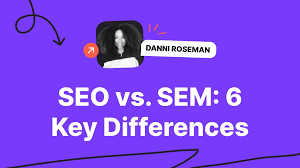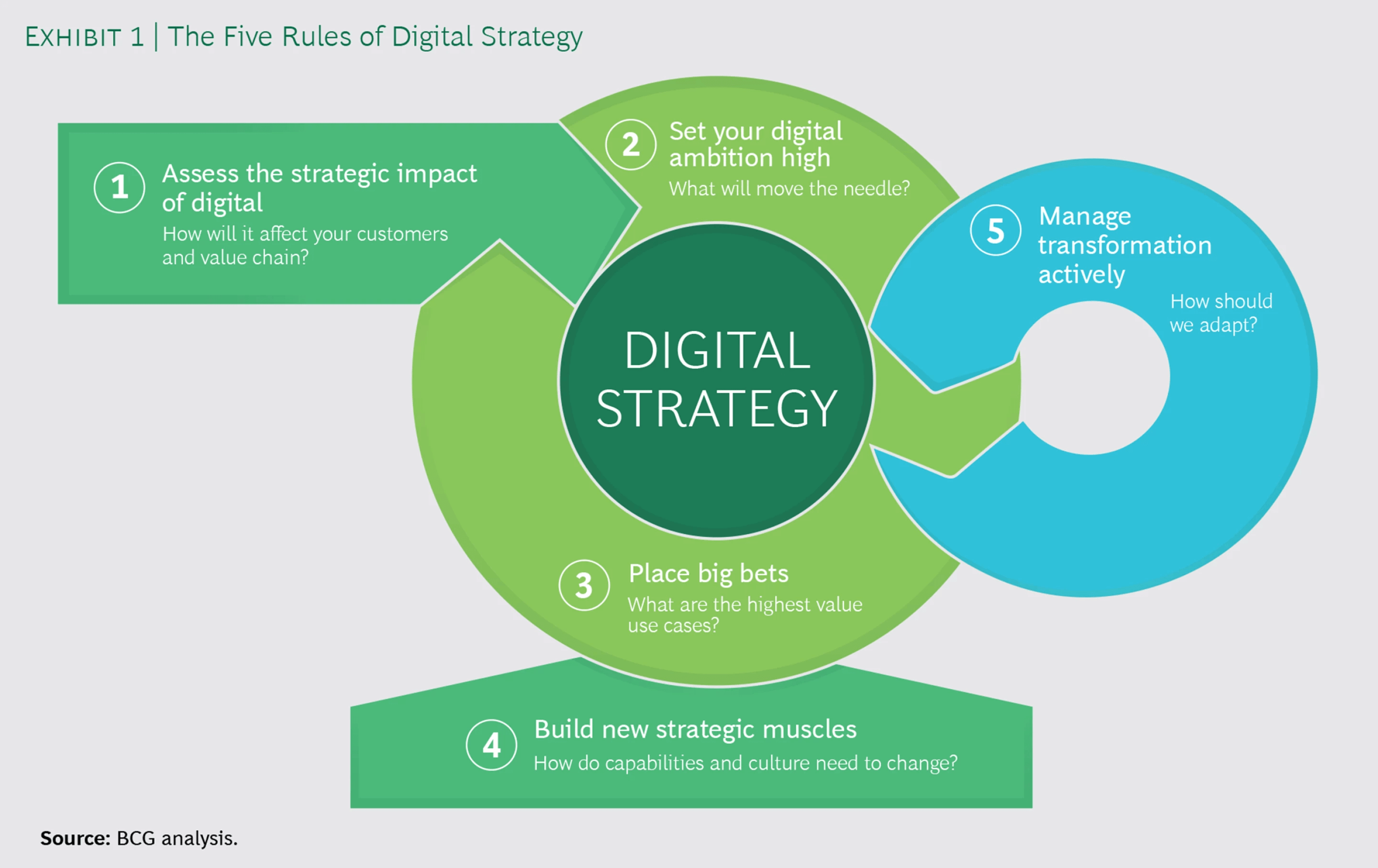Introduction:
In the dynamic world of digital marketing, two powerful strategies stand out as the cornerstones of online success: Search Engine Optimization (SEO) vs Search Engine Marketing (SEM). While they may seem similar on the surface, these two approaches hold distinct differences that can significantly impact your business’s visibility and reach. Understanding the nuances between SEO and SEM is crucial for crafting a comprehensive and effective digital marketing plan. In this comprehensive article, we’ll delve into the key distinctions between these two essential techniques, empowering you to make informed decisions and maximize your online presence.
The Foundations of SEO
Search Engine Optimization is the process of enhancing your website’s content, structure, and technical elements to improve its organic (unpaid) visibility and ranking in search engine results. The primary goal of SEO is to ensure that your website appears higher in the search engine results pages (SERPs) for relevant keywords and phrases, making it more easily discoverable by your target audience. This organic approach to driving traffic involves a range of strategies, including keyword research, on-page optimization, content creation, and link building.
Unlocking the Power of SEM
In contrast, Search Engine Marketing (SEM) is a paid advertising strategy that focuses on increasing a website’s visibility and driving targeted traffic through sponsored listings on search engine results pages. SEM encompasses tactics such as pay-per-click (PPC) advertising, where advertisers bid on specific keywords and phrases to have their ads displayed alongside organic search results. SEM allows businesses to gain immediate visibility and reach potential customers actively searching for their products or services.
The Key Differences Explained
𝑆𝐸𝑂=𝑂𝑟𝑔𝑎𝑛𝑖𝑐𝑉𝑖𝑠𝑖𝑏𝑖𝑙𝑖𝑡𝑦
𝑆𝐸𝑀=𝑃𝑎𝑖𝑑𝑉𝑖𝑠𝑖𝑏𝑖𝑙𝑖𝑡𝑦
SEM=PaidVisibility
While both SEO and SEM aim to enhance a website’s online presence, the fundamental difference lies in the approach and the resources required to achieve success.
Organic vs. Paid Traffic
SEO focuses on attracting organic, unpaid traffic to your website, while SEM generates paid, sponsored traffic through targeted advertising campaigns. Organic traffic from SEO efforts can provide a steady, long-term stream of visitors, but it may take time to see results. SEM, on the other hand, can deliver immediate visibility and traffic, but requires a continuous investment in advertising budgets.
Long-Term vs. Short-Term Strategies
SEO is a long-term strategy that involves building a strong, sustainable online presence over time. It requires a comprehensive and ongoing effort to optimize content, improve technical aspects, and earn high-quality backlinks. In contrast, SEM is a more immediate, short-term approach that can provide quick results, but the impact may diminish once the advertising campaign is paused or the budget is exhausted.
Cost Structure
SEO is generally considered a more cost-effective approach, as it primarily involves internal efforts and investments in content creation, technical improvements, and link building. SEM, however, requires a continuous investment in advertising budgets, as businesses must bid on keywords and pay for each click or impression their ads receive.
Measurability and Flexibility
Both SEO and SEM offer robust analytics and tracking capabilities, allowing businesses to measure the performance of their efforts. However, SEM often provides more immediate and granular data, enabling quick adjustments to ad campaigns and targeting. SEO, while more long-term, also offers valuable insights into organic search performance and can be adapted over time based on changes in search engine algorithms and user behavior.
The Synergistic Approach: Integrating SEO and SEM
While SEO vs SEM are distinct strategies, they can be highly complementary when implemented together as part of a comprehensive digital marketing plan. By leveraging the strengths of both approaches, businesses can maximize their online visibility and reach, attracting both organic and paid traffic to their websites.
SEO+SEM=HolisticDigitalMarketing
For example, a well-executed SEO strategy can help improve a website’s overall search engine ranking, making it more likely for users to click on the organic listings. At the same time, a targeted SEM campaign can drive immediate traffic and generate valuable leads, complementing the long-term benefits of SEO. By aligning these two strategies, businesses can create a powerful digital marketing ecosystem that captures the attention of their target audience at multiple touchpoints.
Conclusion
In the ever-evolving world of digital marketing, understanding the key differences between SEO vs SEM is crucial for businesses seeking to optimize their online presence and drive sustainable growth. While SEO focuses on organic, long-term visibility and SEM delivers paid, immediate results, the true power lies in their synergistic integration. By leveraging the strengths of both approaches, businesses can create a comprehensive digital marketing strategy that attracts and engages their target audience, ultimately driving increased traffic, leads, and conversions. As you embark on your digital marketing journey, embrace the distinct advantages of SEO and SEM, and unlock the full potential of your online presence.




